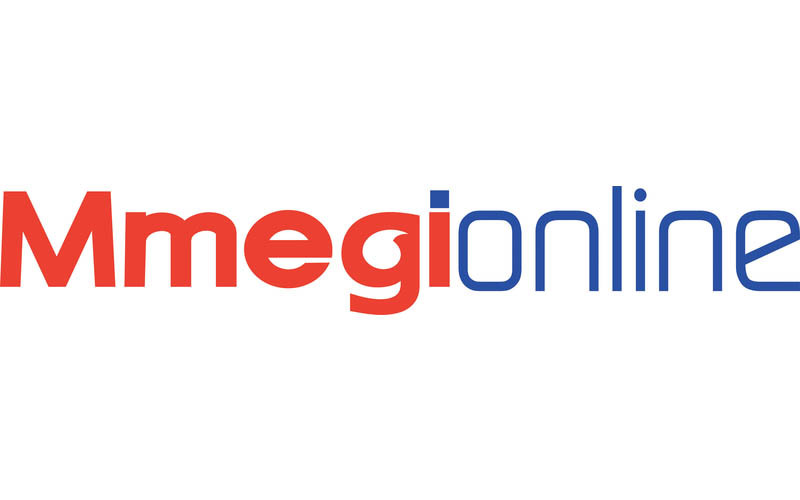In June 2016, Lucara Diamond Corp’s 1,109-carat Lesedi la Rona, the largest diamond recovered in a century and the pride of the country, failed to sell at widely livestreamed auction.
The story around the stone began when the giant stone was pulled out of the sands of the Boteti sub-district In November 2015. Approximately the size of a tennis ball, the 1,109-carat stone triggered global astonishment and awe for its sheer mass, clarity and rarity, being the largest since the 3,106-carat Cullinan Diamond discovered near Pretoria in 1905.









